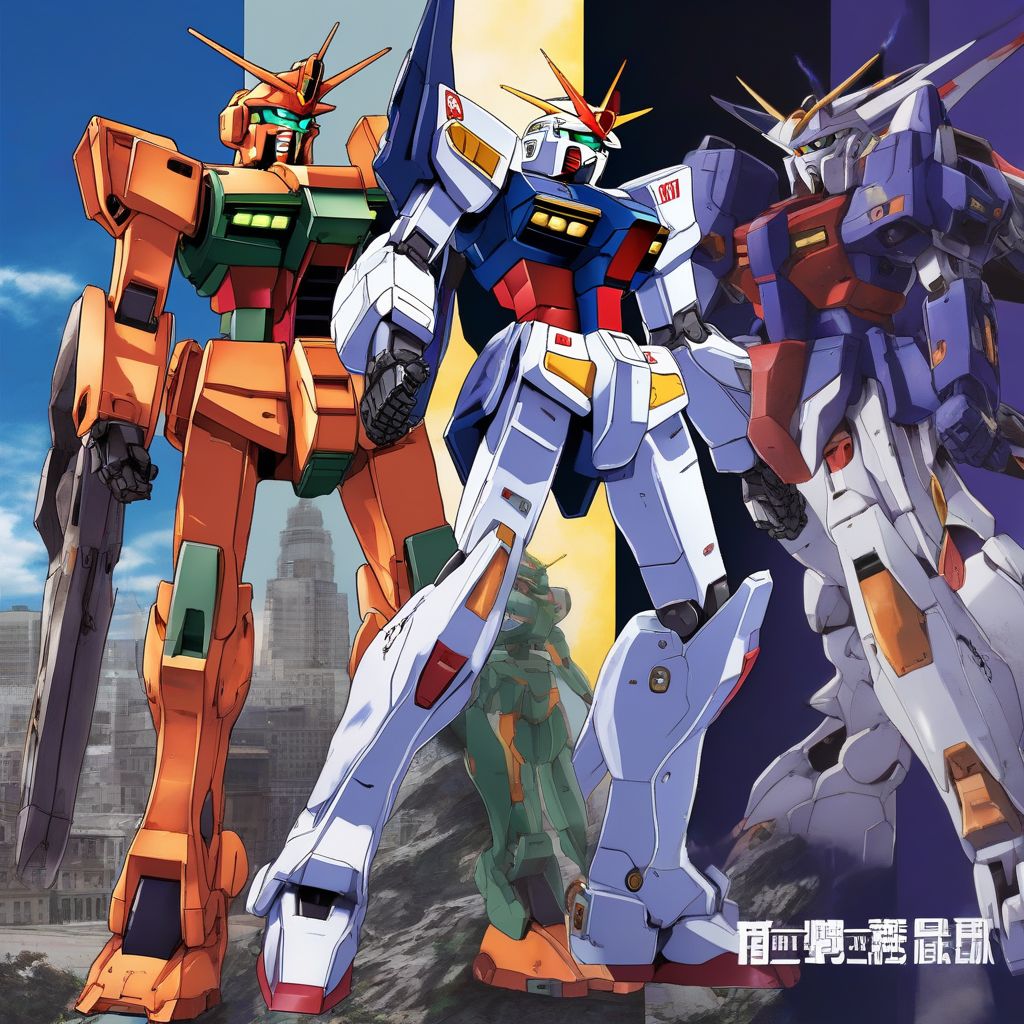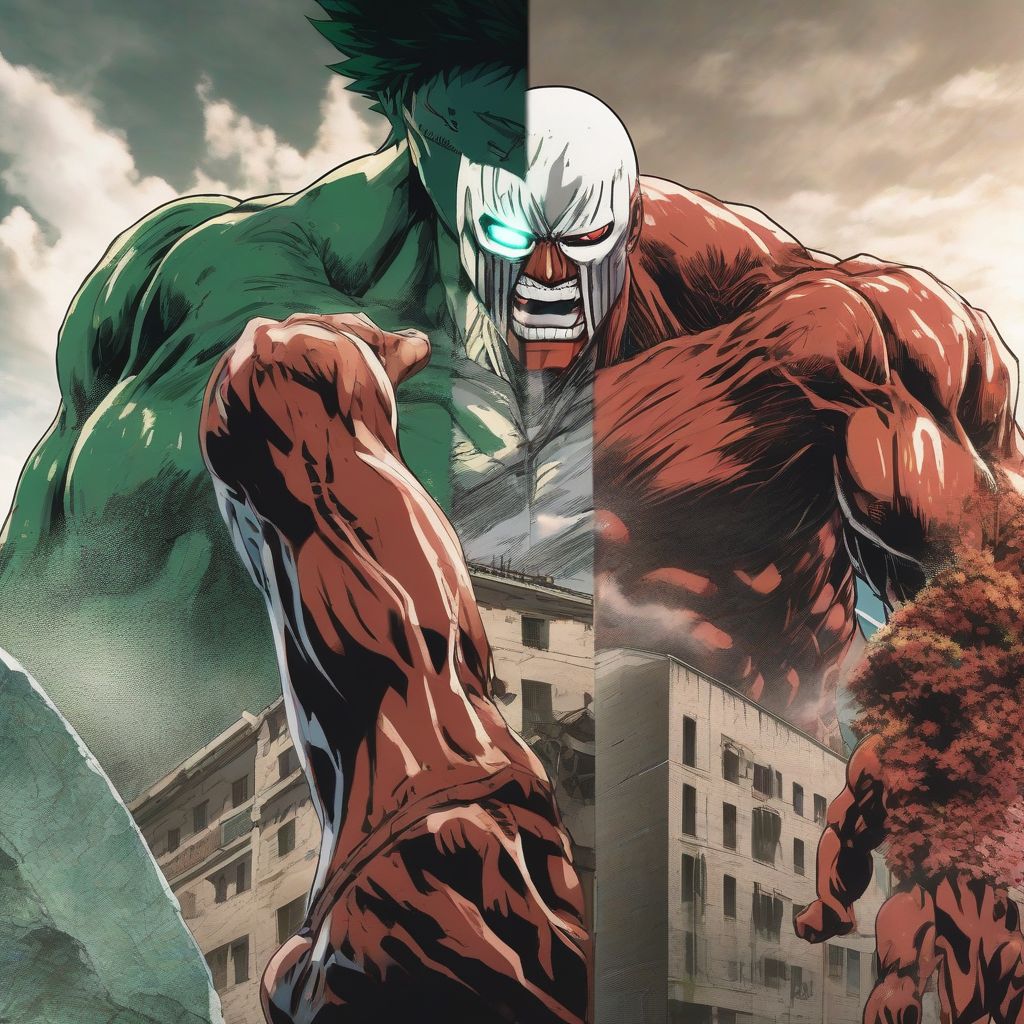Remember those late nights spent glued to the screen, captivated by the adventures of Goku, the cunning of Lupin III, or the heartwarming journey of the Straw Hat Pirates? Classic anime holds a special place in the hearts of many, and its influence on modern series and movies is undeniable. From storytelling techniques to iconic character archetypes, the echoes of these early masterpieces are still felt today. Let’s dive into the world of anime and explore how the classics continue to shape the present and future of this captivating medium.
The Foundation of Modern Anime: Storytelling and Themes
Classic anime didn’t shy away from tackling complex themes, often exploring profound ideas about humanity, morality, and the human condition.
Breaking New Ground: Pioneering Storytelling in Anime
Series like “Mobile Suit Gundam” (1979) redefined the mecha genre, introducing complex characters grappling with the horrors of war and questioning the very nature of conflict. This thematic depth, a hallmark of classic anime, paved the way for mature and thought-provoking stories in later series like “Neon Genesis Evangelion” (1995) and “Code Geass” (2006).
 Gundam and Evangelion
Gundam and Evangelion
Timeless Tales: Enduring Themes and Character Archetypes
Classic anime often presented viewers with timeless themes of friendship, courage, and perseverance, embodied in unforgettable characters. “Dragon Ball” (1986) gave us Goku, the eternal optimist who never gives up, inspiring countless shonen protagonists that followed. Similarly, the loyalty and camaraderie of the Straw Hat Pirates in “One Piece” (1999) echo the strong bonds found in earlier adventure anime.
The Power of Visual Storytelling: From Cel Animation to CGI
Classic anime, often limited by the technology of the time, mastered the art of visual storytelling. The dynamic action sequences in “Fist of the North Star” (1984) and the expressive character animation in “Sailor Moon” (1992) enthralled audiences. These stylistic choices influenced later series, even as technology advanced. While modern anime embraces CGI and advanced animation techniques, the emphasis on impactful visuals and conveying emotions through animation remains.
Beyond Japanese Shores: The Global Influence of Classic Anime
Classic anime wasn’t confined to Japan; it broke down cultural barriers and captivated audiences worldwide.
A Gateway to Anime: Introducing Global Audiences
Shows like “Astro Boy” (1963) and “Kimba the White Lion” (1965) were among the first anime to reach international audiences, sparking a global fascination with the medium. Their success paved the way for later series like “Dragon Ball Z” (1989) and “Sailor Moon” to become international phenomena, solidifying anime’s place in global pop culture.
A Fusion of Styles: Inspiring Creators Worldwide
The influence of classic anime can be seen in Western animation, film, and television. The Wachowskis, creators of “The Matrix,” have cited “Ghost in the Shell” (1995) as a major influence. Similarly, the dynamic action sequences in the “Avatar: The Last Airbender” animated series (2005) drew inspiration from anime classics. This cross-cultural exchange of ideas highlights the universal appeal and lasting impact of classic anime.
A Legacy Carried Forward: Modern Anime’s Homage to the Classics
Modern anime doesn’t shy away from paying homage to its roots, often incorporating elements from classic series while pushing the boundaries of the medium.
Reboots, Remakes, and Spiritual Successors
The popularity of classic anime has led to a wave of reboots and remakes, introducing beloved stories to a new generation. The reimagined “Fruits Basket” (2019) stays true to the original manga while updating the animation style and expanding on character development. Similarly, “Dororo” (2019), a dark fantasy reimagining of the 1969 series, showcases how modern animation techniques can breathe new life into classic tales.
Evolution of Genres: Building on Classic Foundations
Modern anime continues to innovate within established genres, building upon the foundation laid by classic series. “Attack on Titan” (2013) reinvigorated the post-apocalyptic genre, while “My Hero Academia” (2016) puts a fresh spin on the superhero archetype, all the while drawing inspiration from the thematic depth and character-driven narratives of classic anime.
 Attack on Titan and My Hero Academia
Attack on Titan and My Hero Academia
[amazon bestseller=”attack on titan”]
Conclusion: A Timeless Influence
From pioneering storytelling techniques to inspiring creators worldwide, the impact of classic anime on modern series and movies is undeniable. These series weren’t just entertainment; they were cultural touchstones that shaped childhoods and continue to resonate with audiences today. As modern anime evolves, it carries the legacy of the classics, ensuring that their influence will continue to inspire and entertain for generations to come. What are some of your favorite ways that modern anime pays homage to the classics? Share your thoughts in the comments below!
